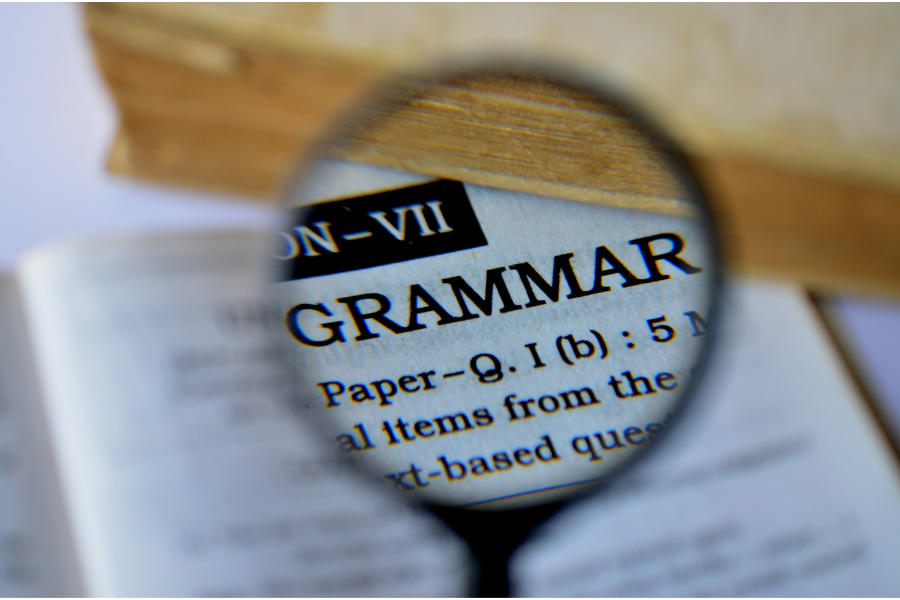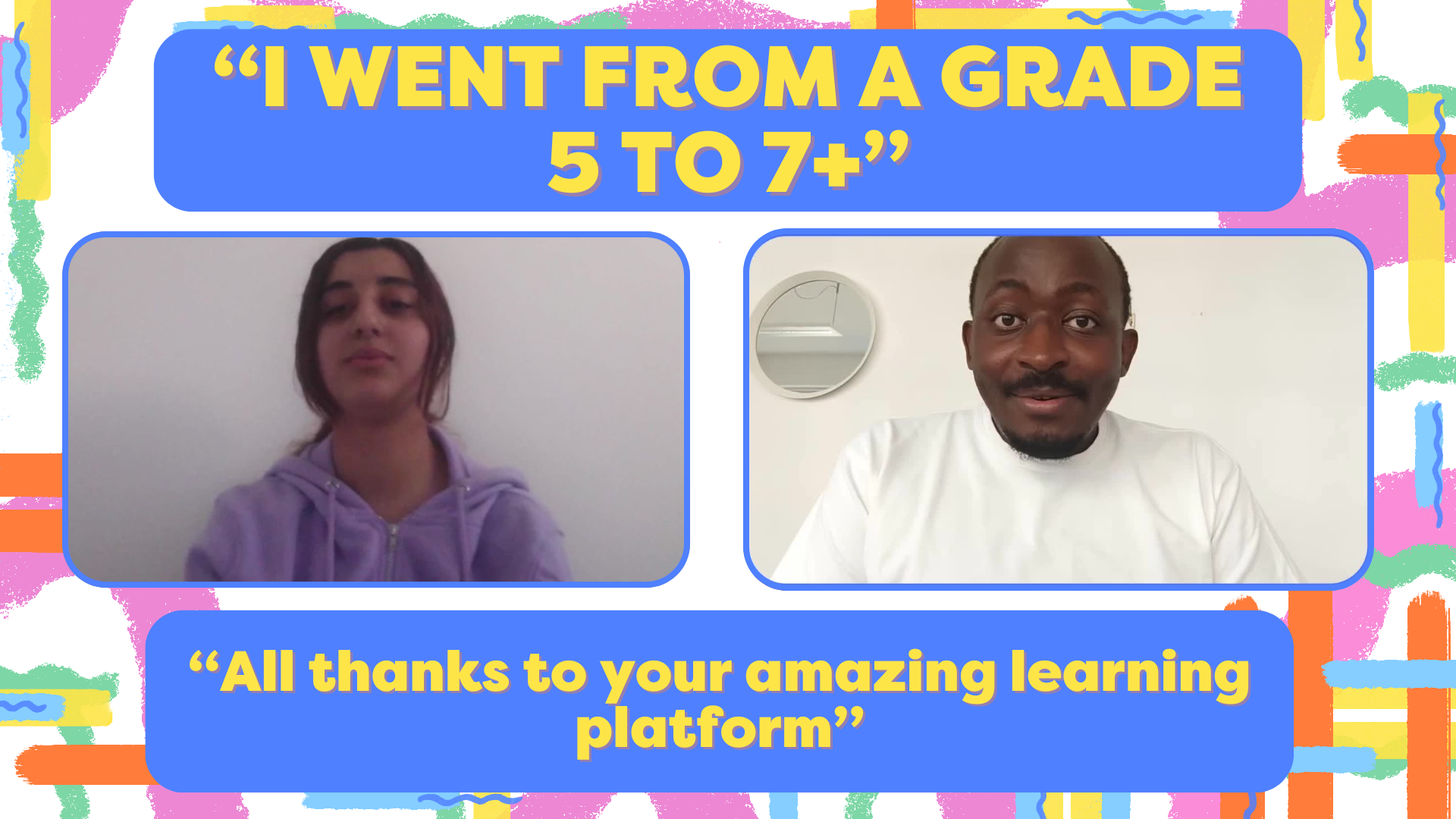GCSE English Language Revision – The Complete 2025 Guide
Why English Language is about control, not creativity
GCSE English Language can feel slippery because there are no set texts to memorise. One week you’re dissecting a Victorian article; the next you’re writing a speech about social media. But that unpredictability is the opportunity: Language rewards students who learn control—of time, of structure, of sentence craft. You’re assessed on reading (what a text does and how) and writing (can you do it too?).
This guide gives you a clean, repeatable system for both papers so exam day feels familiar, not frightening.
Reading papers: how to read like an examiner
Image: Sengchoy Int
Reading success is less about “spotting techniques” and more about connecting methods to meanings. Use a three-pass approach for extracts:
Skim for shape (60–90 seconds): What’s the situation? Where does tension rise or fall? Circle any structural pivot (a new setting, a twist, a shift in perspective).
Hunt for levers (2–3 minutes): Underline a handful of words/phrases that do heavy lifting—verbs that show attitude, images that carry emotion, patterns that repeat. Don’t highlight whole paragraphs; choose the levers you’ll pull in your answer.
Plan two precise points (60 seconds): For the common “How does the writer…?” questions, pre-write two topic sentences that already answer the verb in the question—“The writer undercuts the narrator’s confidence by…”; “The writer amplifies isolation through…”.
When you write, zoom-in on a word, say what it suggests, then step back to what it does to the reader. That “in-out” motion is what examiners reward.
Timing that works (and keeps you calm)
If a question is worth 8 marks, spend about 8 minutes. For highest-value questions, budget time for a two-line plan. Students who plan for one minute often save five minutes of meandering later.
The structure question (often under-revised)
Structure isn’t a scavenger hunt for “short sentences.” Think macro: shifts, contrasts, framing. Track the journey of the extract and explain why the writer chose that route. One sharp observation about where the text pivots is worth more than five technique labels.
Writing papers: make your writing exam-proof
Image: Sengchoy Int
Good writing in GCSE isn’t about sounding fancy. It’s about clarity, focus, and control. Adopt a Frame–Fill method so you never face a blank page.
Transactional writing (articles, letters, speeches)
Frame: Decide your skeleton in 60 seconds: opening hook, three clear points, a short counterpoint, and a purposeful close. Jot keywords only.
Fill: For each point, use a mini-pattern—Claim > Example/imagery > Why it matters. Sprinkle two rhetorical devices over the whole piece (rule of three; contrast; a deliberate short sentence). Vary sentence starts and paragraph lengths to show control.
Voice: Match the form. A letter has salutation and sign-off; a speech can directly address an audience; an article can use sub-headings if appropriate but doesn’t have to. Imagine a real audience and purpose; let that guide tone.
Creative/descriptive writing
Use a camera movement: static scene > zoom to a detail > pan/shift > human action > resonant image. This gives shape without stealing time from the language paper.
Open strong but simple: one precise image and a verb that carries mood (“The pier groaned as the tide shouldered the pylons.”)
Layer senses sparingly: one sensory hit per paragraph is enough.
End with echo: bring back an earlier image with a twist for a satisfying close.
Sentence-level control (where marks quietly live)
Think MAVEN: Mixture (vary length/starts), Adverbs/adjectives used purposefully, Verbs strong, Embedding quotes/devices smoothly, Nuts-and-bolts accuracy (capitals, commas, apostrophes). Accuracy marks are recoverable with a 30-second proofread: scan for sentence fragments, double spaces, and wandering apostrophes.
A four-week plan that changes outcomes
Image: PDPics
Week 1: Reading technique—do two extracts per board paper day, mark them brutally against the scheme, write one “perfect paragraph” from the feedback.
Week 2: Transactional writing—four timed pieces (30–35 minutes each), focusing on audience and structure. One rewrite per piece applying feedback.
Week 3: Creative writing—six short scenes (15 minutes each) with a different “camera movement.” Choose the best two to expand.
Week 4: Full paper practices with tight timing, then “error-log” the three most common issues and attack them with micro-drills.
That “practice > feedback > rewrite” loop (not just practice) is where grades move.
Typical pitfalls (and quick cures)
Over-quoting in reading: Use shorter quotes and spend the time analysing them.
Waffly openings in writing: Start with a clean claim or a clear image; don’t warm up on the reader’s time.
Running out of time: Draw a line, write a purposeful concluding sentence, and move on. Unfinished responses cap marks more than concise ones.
The right resources, used the right way
Past papers are your best friend—rotate boards if your teacher approves to broaden exposure to styles. Model answers teach you more than mark schemes alone: copy out one high-grade paragraph by hand to “feel” the cadence, then imitate the pattern with a different topic. Use Bitesize to clarify a skill, not as the skill itself.
How Bright Teach supports rapid, realistic improvement
We teach English Language like a sport: drills for core moves, timed practice sessions, feedback that’s specific enough to use next time. You’ll learn to read like an examiner, write to the brief, and self-mark with confidence. Within the free two-week trial, do one reading clinic, one transactional workshop, and one creative masterclass—plus submit a piece for detailed feedback. That clarity compounds.
Enroll for your free two-week trial today.
FAQs
How can I improve quickly if I’m currently mid-grade?
Narrow to two fixes: one reading (e.g., zoom-in analysis) and one writing (e.g., structure). Train them every session for a week.
Do sub-headings help in articles?
If they clarify structure and suit the audience, yes. Don’t force them if they break the flow.
Is creative or transactional “easier”?
Whichever you practice more. Transactional rewards planning; creative rewards control of image and structure. Pick your strength early and still practice the other.





